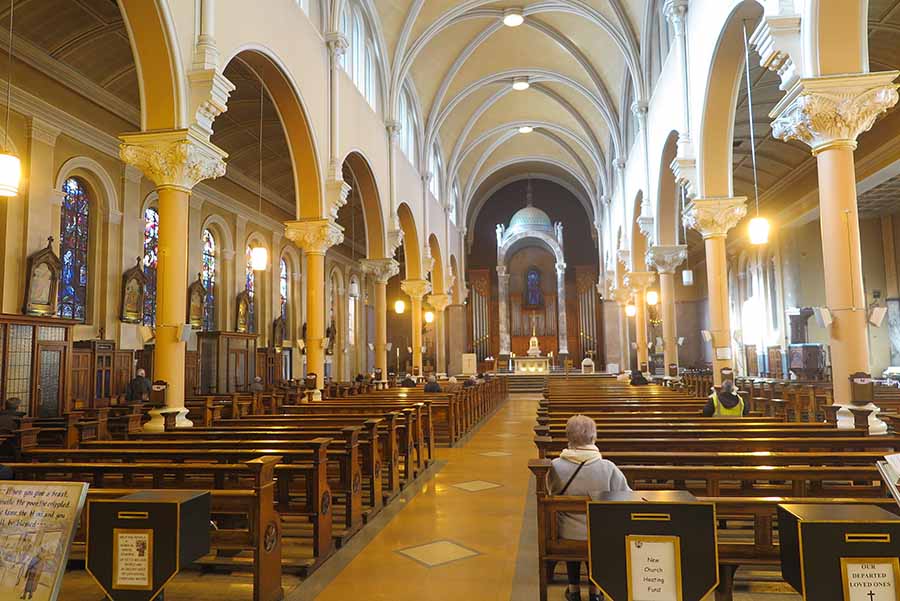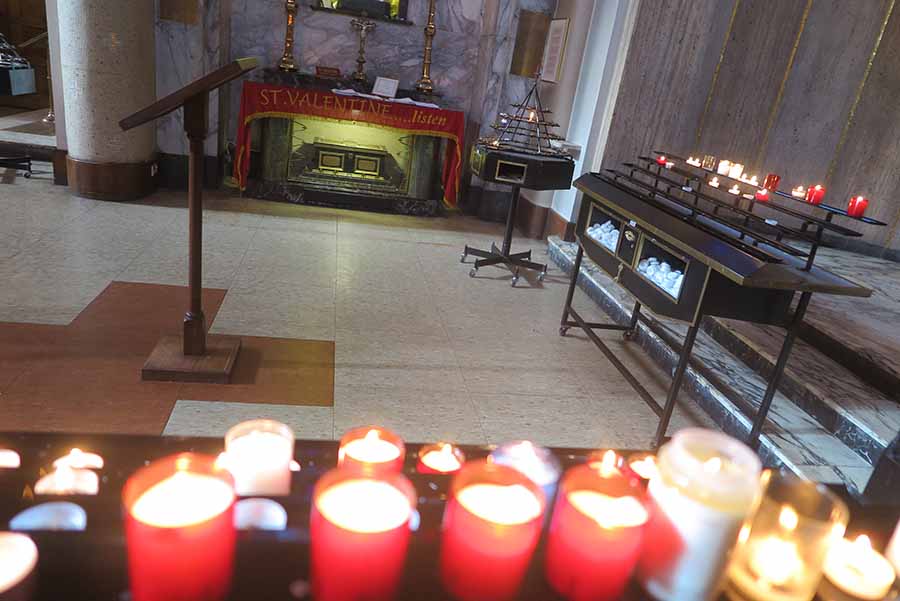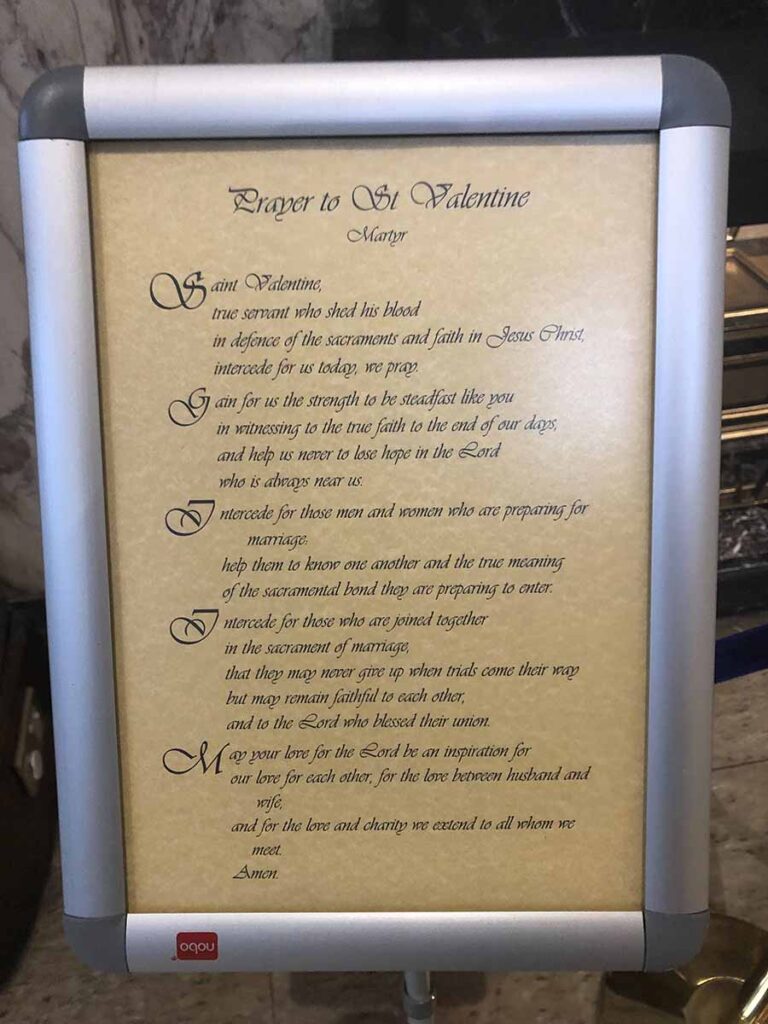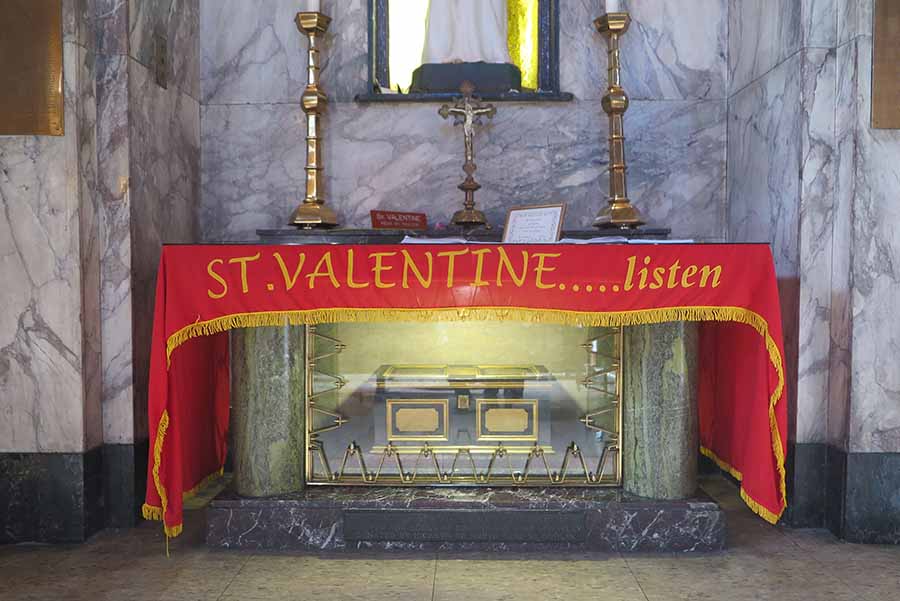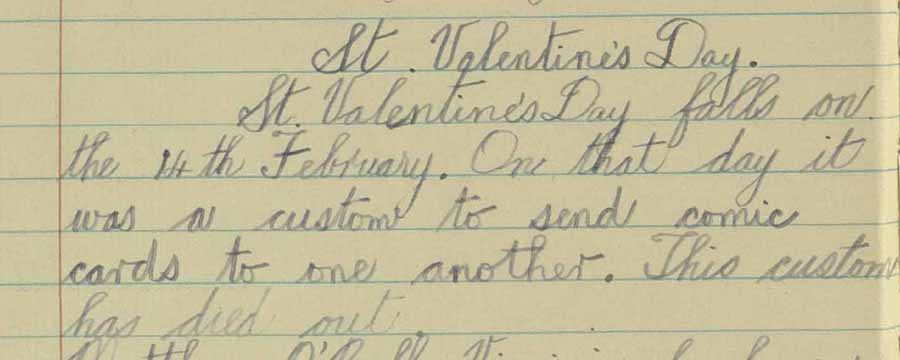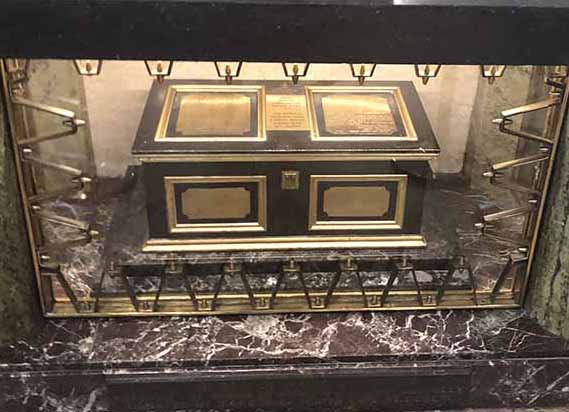
There was a belief that the birds mated on February 14th, which became associated with Saint valentine as it was the date he was martyred. Girls would choose their “Valentine”, sweetheart and later came the custom of sending greetings cards (Valentines). The crocus, which flowers about this time, is St. Valentine’s flower.
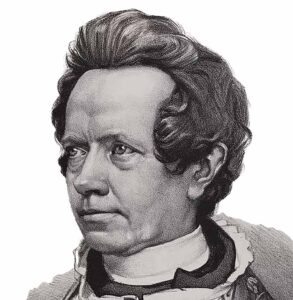
- Basilica of Saint Valentine, Terni, Italy: Located in the hometown of Saint Valentine 104 kilometres northeast of Rome, this basilica is dedicated to the patron saint of love. It houses his relics and is a popular pilgrimage site. Saint Valentine was a clergyman in the Roman Empire who was martyred and his body buried on the Via Flaminia on February 14. The relics scattered throughout Europe originated at this site.
- Our Lady of Mount Carmel’s, Whitefriar Street Church, Dublin: Irish Carmelite and founder of the church John Spratt (1796-1871) received relics of Saint Valentine in 1836, include “a small vessel tinged with his blood”, sent by Cardinal Carlo Odescalchi as a token of esteem from Pope Gregory XVI following an eloquent sermon Father Spratt had delivered in Rome. The relics were supposedly recovered in the 1820s from the cemetery of Saint Hippolytus on the left of the Via Tiburtina under the Vigna Gori, now Caetani. They were brought with great ceremony to the church on 10th November 1836, the Archbishop of Dublin, Daniel Murray, presiding at High Mass. The relics and the accompanying letter from Cardinal Odescalchi were stored for some time and given prominence during a church renovation in the 1950s. The shrine has a statue of the martyr by Irene Broe of Dublin. Five altars are contained in the side chapel, dedicated to saints Valentine, Jude, Anne, Pius X and Teresa. Father Spratt also acquired in a local antique shop a wooden statue of the Virgin, which later proved to be of late medieval origin. It is believed that this statue came from St Mary’s abbey and was the one from which the crown was taken to crown Lambert Simnel in 1487.
- Saint Valentine’s Basilica, Esztergom, Hungary: Situated on the Castle Hill of Esztergom, this basilica is one of the largest churches in Hungary. It houses a relic of Saint Valentine, and couples often come here to receive blessings for their unions.
- The Church of Saint Valentin, Roquemaure, France: Village church in southern France which hosts an annual festival in honour of Saint Valentine. It attracts visitors from near and far who participate in the vibrant celebrations.
- Saint Valentine’s Oratory, Rome, Italy: The flower-crowned alleged skull of Saint Valentine is exhibited in the Basilica of Santa Maria in Cosmedin, this small chapel is dedicated to Saint Valentine. People visit the oratory to offer prayers for love and relationships.
- Saint Anton’s Church, Madrid, Saint Valentine’s remains have lain here since the late 1700s, a present from the Pope to King Carlos IV, who entrusted them to the Order of Poor Clerics Regular of the Mother of God of the Pious Schools (Piarists). The relics have been displayed publicly since 1984, in a foundation open to the public at all times in order to help people in need.
- Parish Church of St. Mary’s Assumption in Chełmno, Poland: A silver reliquary containing a fragment of St. Valentine’s skull can be found here.
- Mytilene, Lesbos, Greece: Relics of Saint Valentine are present in this location
- Cathedral of Santa Maria Assunta in Savona, Italy: Another set of relics of St. Valentine is housed in this cathedral.
- Reliquary of Roquemaure, Gard, France: Alleged relics of St. Valentine can be found here.
- Saint Stephen’s Cathedral, Vienna, Austria: This cathedral is known to possess relics of St. Valentine.
- Balzan, Malta: Relics of Saint Valentine can be found in this location.
- Blessed John Duns Scotus Church, Glasgow, Scotland: Alleged relics of St. Valentine are kept in this church.
- Birmingham Oratory England: A gold reliquary containing the words “Corpus St. Valentin, M” (Body of Saint Valentine, Martyr) can be found in one of the side altars in the main church of Birmingham Oratory.
- Basilica of St. Peter and St. Paul at Vyšehrad, Prague,. Relics of Valentine emplaced int eh 1700s..
- Church of the Immaculate Conception, Šaštín, Slovakia, A relic was emplaced here in 1720.
- Church of Saint Nicholas, Nováky, , Slovakia relics and a rare statue of Saint Valentine, which was stolen in the 1990s. A new copy was ceremoniously placed in the church in 2000.
- Romeo and Juliet Balcony, Verona, Italy: Verona is famous as the setting for Shakespeare’s tragic love story of Romeo and Juliet. The balcony of Juliet’s house has become a symbol of romance, attracting couples and love-struck tourists.
- Love Lock Bridge, Paris, France: The Pont des Arts bridge in Paris became known as the Love Lock Bridge as couples would attach padlocks engraved with their names and throw the keys into the Seine River as a symbol of eternal love.
- Lover’s Bridge, Vrnjačka Banja, Serbia: This picturesque bridge is adorned with countless love padlocks left by couples. It has become a symbol of everlasting love and draws visitors who want to declare their affection.
- Temple of Love, Versailles, France: Situated in the gardens of the Palace of Versailles, the Temple of Love is a neoclassical structure created by Queen Marie Antoinette.
Poem form the Irish folklore collection:
If of me you often think
Send me back my bow of pink
If to me you would be true
Send me back my bow of blue
If you are another girl’s fellow
Send me back my bow of yellow.
If to me you would be wed
Send me back my bow of red
If with me you wouldn’t be seen
Send me back my bow of green
